Nissan Qashqai vs Tesla Model 3 - Differences and prices compared
Costs and Efficiency:
Price and efficiency are often the first things buyers look at. Here it becomes clear which model has the long-term edge – whether at the pump, the plug, or in purchase price.
Nissan Qashqai has a slightly advantage in terms of price – it starts at 29600 £, while the Tesla Model 3 costs 34300 £. That’s a price difference of around 4672 £.
Engine and Performance:
Power, torque and acceleration say a lot about how a car feels on the road. This is where you see which model delivers more driving dynamics.
When it comes to engine power, the Tesla Model 3 has a decisively edge – offering 460 HP compared to 205 HP. That’s roughly 255 HP more horsepower.
In acceleration from 0 to 100 km/h, the Tesla Model 3 is significantly quicker – completing the sprint in 3.10 s, while the Nissan Qashqai takes 7.60 s. That’s about 4.50 s faster.
In terms of top speed, the Tesla Model 3 performs distinct better – reaching 262 km/h, while the Nissan Qashqai tops out at 206 km/h. The difference is around 56 km/h.
There’s also a difference in torque: Tesla Model 3 pulls convincingly stronger with 660 Nm compared to 330 Nm. That’s about 330 Nm difference.
Space and Everyday Use:
Whether family car or daily driver – which one offers more room, flexibility and comfort?
Seats: offers more seating capacity – vs .
In curb weight, Nissan Qashqai is noticeable lighter – 1420 kg compared to 1822 kg. The difference is around 402 kg.
In terms of boot space, the Tesla Model 3 offers somewhat more room – 594 L compared to 504 L. That’s a difference of about 90 L.
When it comes to payload, Nissan Qashqai distinct takes the win – 520 kg compared to 333 kg. That’s a difference of about 187 kg.
Who wins the race?
The Tesla Model 3 proves to be outperforms in nearly all aspects and therefore becomes our DriveDuel Champion!
Tesla Model 3 is the better all-rounder in this comparison.
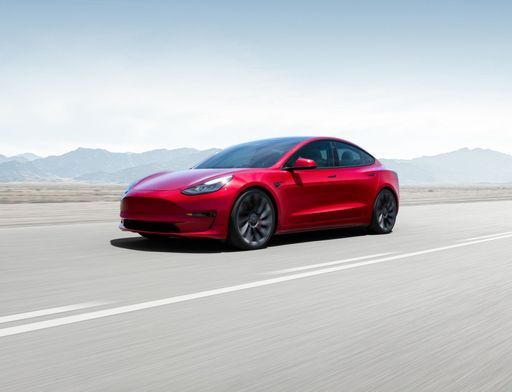 @ Tesla, Inc.
@ Tesla, Inc.
Tesla Model 3
Costs and Consumption
View detailed analysis
Engine and Performance
View detailed analysis
Dimensions and Body
View detailed analysis
Nissan Qashqai
The Nissan Qashqai blends practical, family-friendly packaging with SUV styling that refuses to shout, making it a sensible and dependable choice for everyday life. It’s comfortable to live with, economical on the road, and neatly equipped enough to feel modern without ever feeling precious — perfect if you want crossover versatility without the drama.
details @ Nissan Motor Corporation
@ Nissan Motor Corporation
 @ Nissan Motor Corporation
@ Nissan Motor Corporation
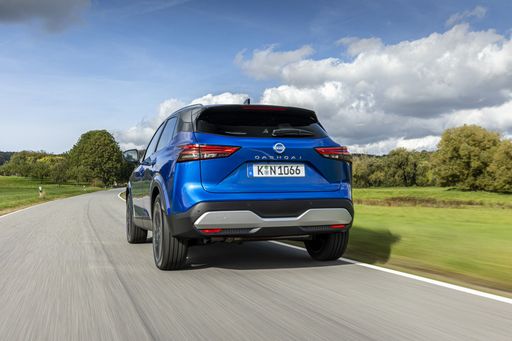 @ Nissan Motor Corporation
@ Nissan Motor Corporation
 @ Nissan Motor Corporation
@ Nissan Motor Corporation
 @ Nissan Motor Corporation
@ Nissan Motor Corporation
Tesla Model 3
The Tesla Model 3 slices through daily commuting with a silent, confident shove that makes petrolheads reassess their life choices, while its minimalist cabin feels more like a slick gadget gallery than a traditional car interior. For buyers after a fuss-free, tech-forward electric with plenty of grin factor and low running drama, it’s hard to beat—just don't be surprised when the car updates itself overnight.
details @ Tesla, Inc.
@ Tesla, Inc.
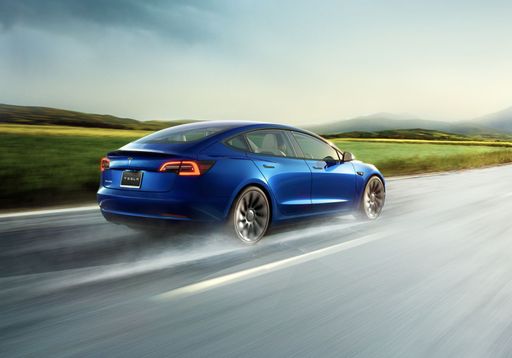 @ Tesla, Inc.
@ Tesla, Inc.
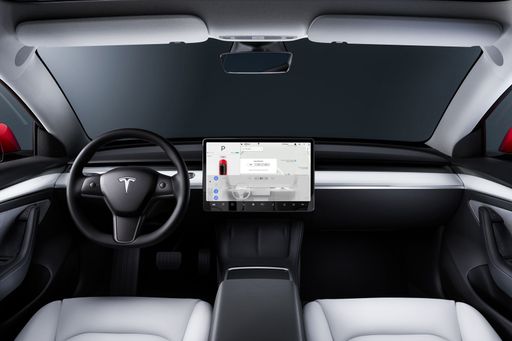 @ Tesla, Inc.
@ Tesla, Inc.
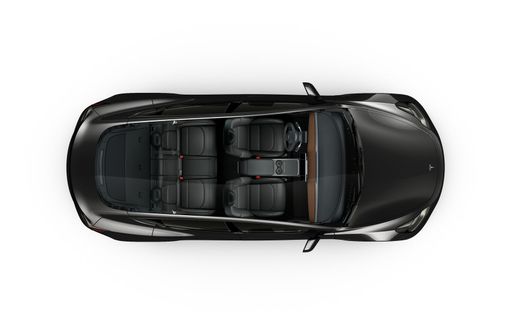 @ Tesla, Inc.
@ Tesla, Inc.
 @ Nissan Motor Corporation
@ Nissan Motor Corporation
|
 @ Tesla, Inc.
@ Tesla, Inc.
|
|
|
|
Costs and Consumption |
|
|---|---|
|
Price
29600 - 39900 £
|
Price
34300 - 50100 £
|
|
Consumption L/100km
4.5 - 6.8 L
|
Consumption L/100km
-
|
|
Consumption kWh/100km
-
|
Consumption kWh/100km
13.2 - 16.7 kWh
|
|
Electric Range
-
|
Electric Range
550 - 750 km
|
|
Battery Capacity
-
|
Battery Capacity
64.5 - 83 kWh
|
|
co2
102 - 154 g/km
|
co2
0 g/km
|
|
Fuel tank capacity
55 L
|
Fuel tank capacity
-
|
Dimensions and Body |
|
|---|---|
|
Body Type
SUV
|
Body Type
Sedan
|
|
Seats
5
|
Seats
5
|
|
Doors
5
|
Doors
4
|
|
Curb weight
1420 - 1665 kg
|
Curb weight
1822 - 1929 kg
|
|
Trunk capacity
479 - 504 L
|
Trunk capacity
594 L
|
|
Length
4425 mm
|
Length
4720 - 4724 mm
|
|
Width
1835 mm
|
Width
1850 mm
|
|
Height
1625 mm
|
Height
1431 - 1440 mm
|
|
Max trunk capacity
1422 - 1447 L
|
Max trunk capacity
-
|
|
Payload
466 - 520 kg
|
Payload
303 - 333 kg
|
Engine and Performance |
|
|---|---|
|
Engine Type
Petrol MHEV, Full Hybrid
|
Engine Type
Electric
|
|
Transmission
Manuel, Automatic
|
Transmission
Automatic
|
|
Transmission Detail
Manual Gearbox, CVT, Reduction Gearbox
|
Transmission Detail
Reduction Gearbox
|
|
Drive Type
Front-Wheel Drive, All-Wheel Drive
|
Drive Type
Rear-Wheel Drive, All-Wheel Drive
|
|
Power HP
140 - 205 HP
|
Power HP
283 - 460 HP
|
|
Acceleration 0-100km/h
7.6 - 10.2 s
|
Acceleration 0-100km/h
3.1 - 6.1 s
|
|
Max Speed
170 - 206 km/h
|
Max Speed
201 - 262 km/h
|
|
Torque
240 - 330 Nm
|
Torque
420 - 660 Nm
|
|
Number of Cylinders
3 - 4
|
Number of Cylinders
-
|
|
Power kW
103 - 151 kW
|
Power kW
208 - 338 kW
|
|
Engine capacity
1332 - 1498 cm3
|
Engine capacity
-
|
General |
|
|---|---|
|
Model Year
2025
|
Model Year
2025
|
|
CO2 Efficiency Class
E, C
|
CO2 Efficiency Class
A
|
|
Brand
Nissan
|
Brand
Tesla
|
Is the Nissan Qashqai offered with different drivetrains?
Available configurations include Front-Wheel Drive or All-Wheel Drive.
The prices and data displayed are estimates based on German list prices and may vary by country. This information is not legally binding.
